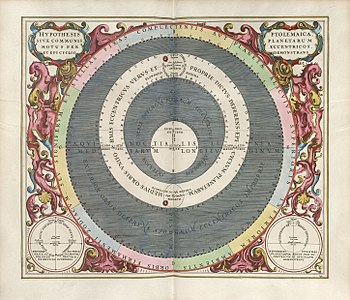 |
| Team Toxo |
I. Background
There may be a religious, psychological, or medical way to detect the advent of despotism and provide a simplified remedy for prevention of the worst which toxoplasmosis can bring.Let's examine that potentiality.
Once upon a time a Dredd Blog System post pointed out a startling Stanford University laboratory-discovered dynamic concerning Toxoplasma Gondii:
"On a certain level, this is a protozoan parasite that knows more about the neurobiology of anxiety and fear than 25,000 neuroscientists standing on each other's shoulders... But no doubt it's also a tip of the iceberg of God knows what other parasitic stuff is going on out there. Even in the larger sense, God knows what other unseen realms of biology make our behavior far less autonomous than lots of folks would like to think."
(Hypothesis: The Cultural Amygdala, Dredd Blog System, Dec. 2012, quoting Dr. Sapolsky).
In the years-later Dredd Blog series "On The Origin Of The Home Of COVID-19" this issue is closely looked at again, beginning with this premise in the first post of that series:
...
(On The Origin Of The Home Of COVID-19, May 2020, quoting The Guardian). As regular readers know, Dredd Blog calls the home of COVOD-19 "the mass-production-of-animals-for-food industry".
II. SARS-CoV-2 And Toxoplasma Gondii Are Not Alone
That infamous "mass-production-of-animals-for-food industry" is the "home" of other thingys:
e.g. "Estimates of foodborne illness can be used to direct food safety policy and interventions. We used data from active and passive surveillance and other sources to estimate that each year 31 major pathogens acquired in the United States caused 9.4 million episodes of foodborne illness ... norovirus ... nontyphoidal Salmonella ... Clostridium perfringens ... Campylobacter ... Toxoplasma gondii ... Listeria monocytogenes ..."
(Foodborne Illness ... Major Pathogens, emphasis added). Notice that Toxoplasma Gondii is on the list?
III. But Toxo Is The One That Is "Mental"
If you notice, the researchers, who search for indicators of whether or not subjects they are conducting a search on, focus on physical manifestations (fever, sneezing, tiredness, weakness, etc.).
However, in Toxoplasma Gondii infection cases the search has to be for aberrant behavior:
"In today's post the focus is also on microbial behaviors that are hypothesized to be a factor in human cognition and psychology.
That focus is on the scientific research in psychology mixed with microbiology.
Based upon a recent paper (Effects of Latent Toxoplasmosis on Political Beliefs and Values, 2022), it seems like that hypothesis "is getting around" (cf. Toxoplasmosis – A Global Threat, 2014: "Toxoplasmosis is becoming a global health hazard as it infects 30–50% of the world human population.").
Previous to those papers, over a decade ago in a post/series the "Dredd Blog System" jumped in with a series about a hypothesis that also concerned microbial impact on behavior.
(How To Identify The Despotic Minority - 16). Wow, Toxoplasma Gondii can even change "Political Beliefs and Values" and it is "a global threat" ... hey mainstream media, wake up!
IV. It's Been A Long Time Coming
Regular readers know that Dredd Blog has pointed out that our forefathers, scientists of yore, and historians of yore have set forth research and comments which instigated my suspicions that Toxoplasma Gondii has been around since dirt.
Some examples:
"Of all the enemies to public liberty war is, perhaps, the most to be dreaded, because it comprises and develops the germ of every other. " (President James Madison, Extinction Peace)
...
"If the evolution of civilization has such a far reaching similarity with the development of an individual, and if the same methods are employed in both, would not the diagnosis be justified that many systems of civilization——or epochs of it——possibly even the whole of humanity——have become neurotic under the pressure of the civilizing trends? To analytic dissection of these neuroses, therapeutic recommendations might follow which could claim a great practical interest. I would not say that such an attempt to apply psychoanalysis to civilized society would be fanciful or doomed to fruitlessness ... In spite of all these difficulties, we may expect that one day someone will venture upon this research into the pathology of civilized communities." (Freud)
...
"In other words, a society does not ever die 'from natural causes', but always dies from suicide or murder --- and nearly always from the former, as this chapter has shown." (Toynbee)
...
"In the Study Toynbee examined the rise and fall of 26 civilizations in the course of human history, and he concluded that they rose by responding successfully to challenges under the leadership of creative minorities composed of elite leaders. Civilizations declined when their leaders stopped responding creatively, and the civilizations then sank owing to the sins of nationalism, militarism, and the tyranny of a despotic minority." (Encyclopedia Britannica)
(above quotes are from Freud, Toynbee, and the Encyclopedia Britannica in a Dredd Blog post: "How To Identify The Despotic Minority - 14", emphasis in original). Just sayin'.
V. Closing Comments
The previous post in this series is here.
From The Dylan Review:






